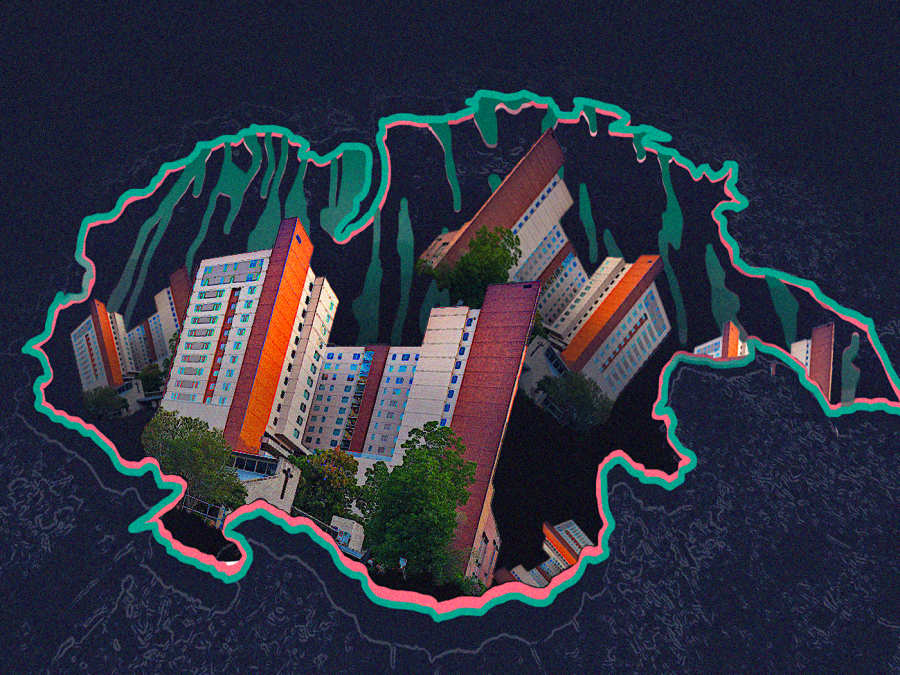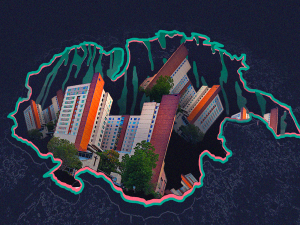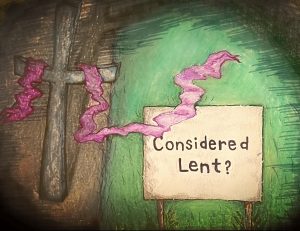It’s time for the UT community to mobilize to ease housing burdens for students
March 27, 2023
Editor’s Note: This column was submitted to the Texan by a member of the UT community.
People my age and older (I’m 47) sometimes have a wistful view of student housing. Many think back on our own college days and recall living in tumbledown houses near campus and engaging in late night debates on the state of the world. Happy memories are great, but they can cause some of us to miss that today’s students often live under very different circumstances.
Austin’s tight housing market is causing real harm to students. As with everything else the heaviest burdens fall on those from humble backgrounds. Imagine a first-gen Longhorn from the Rio Grande Valley coping by living far from campus and relying on spotty bus service (if it’s even available) or perhaps a beater car to get back and forth. If you assume she is at greater risk of dropping out of UT in the face of a setback — a medical issue, perhaps, or a discouraging grade on an exam — than if she had housing she could comfortably afford within walking distance of caring peers, professors, and counselors, then you’re right, because research bears it out.
Easing such burdens will require sustained effort from both the university and the City of Austin, which to its credit has recently begun studying the issue in earnest. Students can help by calling on UT and city leaders to do more. For instance:
UT needs to buy and build new student housing. The recent acquisition of the Dobie Mall and the construction of new graduate student housing on 21st east of I-35 are a great start, but much more is needed to make up for decades of stagnation in the on-campus inventory. So long as there are surface parking lots — a waste of land if there ever was one — on the Forty Acres, I cannot take seriously any claim that land is in short supply.
The city needs to update the University Neighborhood Overlay, the 2004 ordinance that allowed the construction boom we see today in West Campus. UNO has accomplished a lot, yielding thousands of new bedrooms, including hundreds of below market rates ones with no city subsidies. But a “UNO 2.0” could ensure that more of the lower-rent units go to UT students who most need them, above all our striving first gens.
The city needs to update its building code to stop the construction of new windowless bedrooms in West Campus, as my UT School of Architecture colleague Juan Miró has publicly called for. We need new housing for students and lots of it, but not at the expense of their mental and physical health. As Miró has pointed out, access to daylight and fresh air have been considered part of a minimum housing standard worldwide for over a century.
UT needs to move aggressively to better use its incredibly valuable land holdings. I cannot accept that golf is a higher priority use of a large chunk of the beautiful lakeside Brackenridge Tract than student housing, or that the ornamental lawns on the Pickle Campus serve any useful purpose.
Expanding affordable housing for students is like turning an aircraft carrier around; it doesn’t happen quickly. All the more reason for us in the UT community to come to grips with the severity of the tight housing market for students posthaste.
Wegmann is on the community and regional planning faculty in the School of Architecture.















